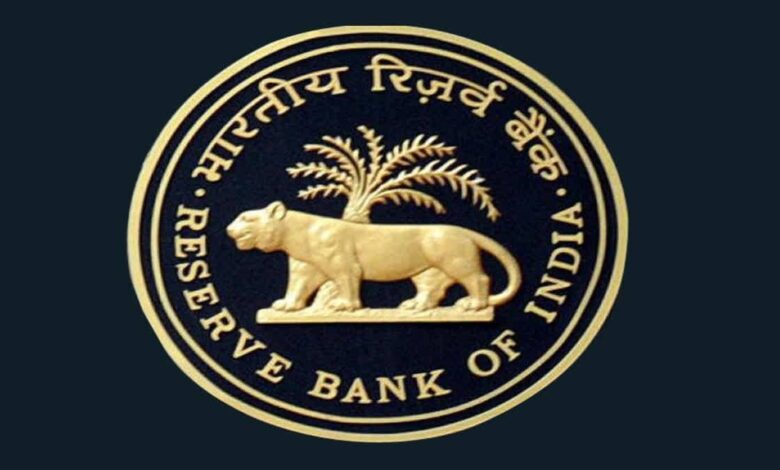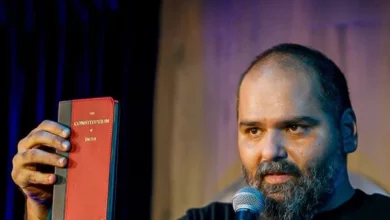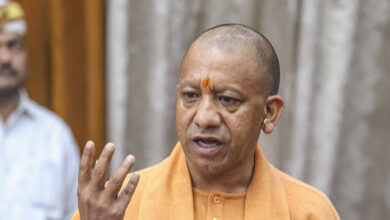
A two-day meeting of the Monetary Policy Committee of the Reserve Bank is scheduled to end on February 7. Economists and market analysts expect a 25 bps rate cut announcement by Governor Sanjay Malhotra, who succeeded Shaktikanta Das.
According to a recent report by JM Financial, after trying hard to focus on price stability, the RBI is likely now to shift focus on growth concerns notwithstanding the pressures from inflation. The brokerage house forecasts, “a 25 bps cut on February 7, followed possibly by a pause; we are expecting cuts of 50-75 bps in all of 2025.
More recently, the liquidity actions by the RBI have alleviated the one-way deficit position, thus creating an opportunistic environment for policy easing and effective rate transmission.
The expectation of a rate cut is not an uncalled-for one. It is almost five years since the RBI last cut the repo rate in May 2020, when the benchmark lending rate was reduced by 40 bps to 4 percent after the economic crisis triggered by the Covid-19 pandemic and subsequent lockdowns.
This would also come on the back of the unprecedented $12 billion in tax cuts in the budget presented by Prime Minister Narendra Modi last month, seen as an effort to revive consumption and inject liquidity into the economy.
The upcoming announcement will also shed light on the RBI’s assessment of the global economic landscape. The Indian economy has faced unexpected slowdowns due to both domestic and international pressures, including recent tariff threats from U.S. President Donald Trump.
The meeting represents the first major decision since Governor Sureshwar Thakur Malhotra took over. According to reports, he is more hawkish on the rupee than his predecessor, willing to see it weaken in tandem with other emerging market currencies. The statement accompanying today’s rate decision will show if the thinking on interest rates is consistent with that approach.



